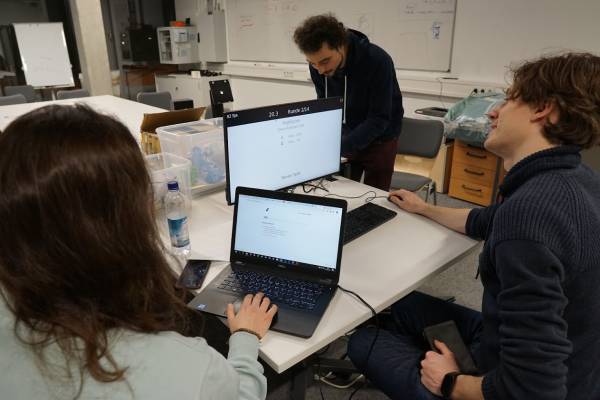Inhaltsverzeichnis
Impact of latency and latency variance on the uni life balance (2019-03-31)
Tagged as: blog,
Group: C
This blog entry is a summary about the last semester and our work.
Impact of latency and latency variance on the uni life balance
This blog entry is a summary of the work we did during the last semester. We (from left to right: Felix, Andrea, Vitus) spent the last half a year with research on the impact of latency and latency variance on user experience and performance. We focussed especially on the following questions: How does latency and latency variance influence the performance and the user experience? How much latency and latency variance is acceptable? Which one has the bigger impact?
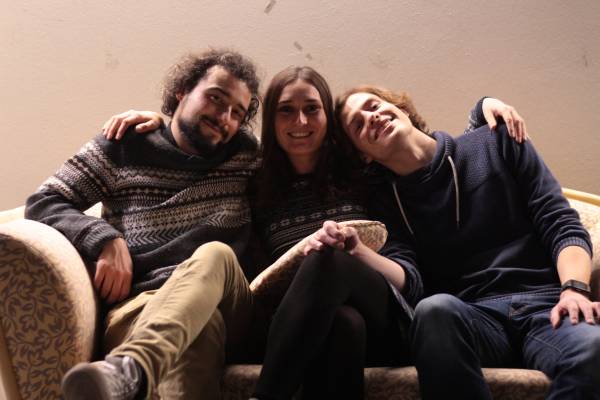
Beginning
As soon as we decided to prioritize the subject „influence of latency and latency and latency variance on user experience and performance“, we started talking with our project tutor how this research could look like and how we could design our study. Our first approach was to collect literature about this topic. Since Vitus and Andrea wrote their literature reviews about latency subjects, the literature search got simplified. Then we started reading papers in order to design our studies based on other studies.
Based on our finding we decided to implement little games and modify them with artifical added latency and latency variance values. For communication, we used Discord for non physical meetings. Whenever possible, we met in person and talked about the next steps and worked together on our research.
Pre study
For the pre study, Felix built a HID prototype, named Pusher. This prototype was for playing the developed infinite runner game, based on the Google Chrome Dino Game (when there is no internet).
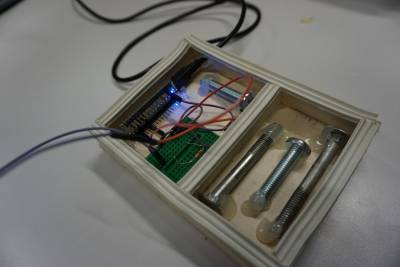
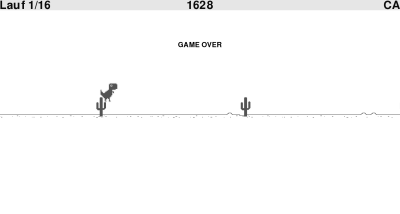
05.12.2018, World Usability Day
On the world usability day we conducted our pre study in the techbase and tested 25 participants (a few days later we tested 5 more in order to conform to the „zentrales Grenzwerttheorem“). As it can be seen in the picture, it was a long day.
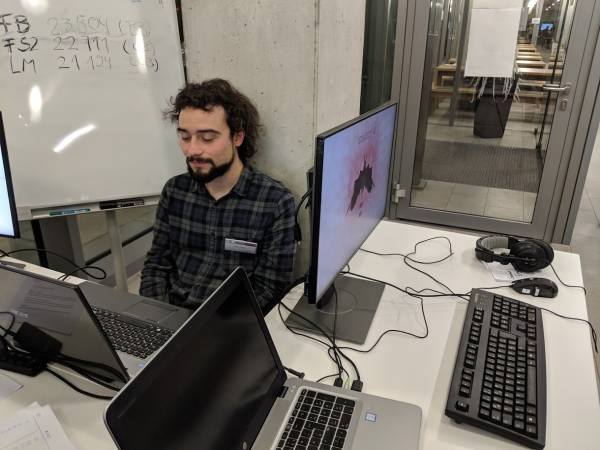
During the tests, we recorded the study and the participant in order to catch their emotions and to get some information about the user experience. We devoloped an emotion metric for the analysis. This was extremely time consuming and not efficient.
Main study
From this lessons learned we designed our main study. Another study, another game - this time inspired by Moorhuhn and Asteroids.A screenshot of this game is displayed below.
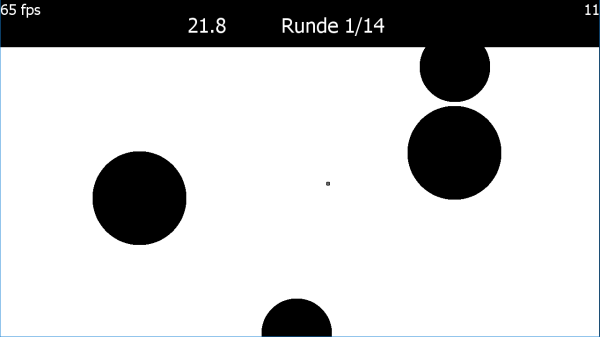
In summary, these are our conclusions:
- We could confirm that base latency influenced performance and joy within our study
- We could not confirm that latency variance influenced performance and user experience
- We could have been restricted by a too narrow range of absolute latency variances through our study limitations
Paper and Presentation
- Writing the paper in overleaf
- Peer reviews
- Rebuttal letter
- „Rewrite“ paper
Fortunatley, our reviews including meta review only suggested minor issues, we could fix without problems. At this points thanks to our reviewers for their constructive and helpful feedback.
With our presentation on friday, March 29th, this class ended. We presented our approaches and results. The lecturers had some questions and comments. One question we didn´t answer: Jürgen Hahn asked if we have the standard deviation of the ages of our participants. We hadn´t but now we calculated it: 3.76. The median of our 33 participants ages 21 to 35 is 26.5 and the mean 26.7.
Acknowledgements
Last but not least we want to thank a few people for their support. First of all - Andreas Schmid, our tutor and supervisor - your almost 24/7 support was incredible. Without our participants the studies wouldn´t have been possible and thanks to our friends which read our paper drafts.
Despite the workload we had a great time during the seminar and enjoyed working as a team.
